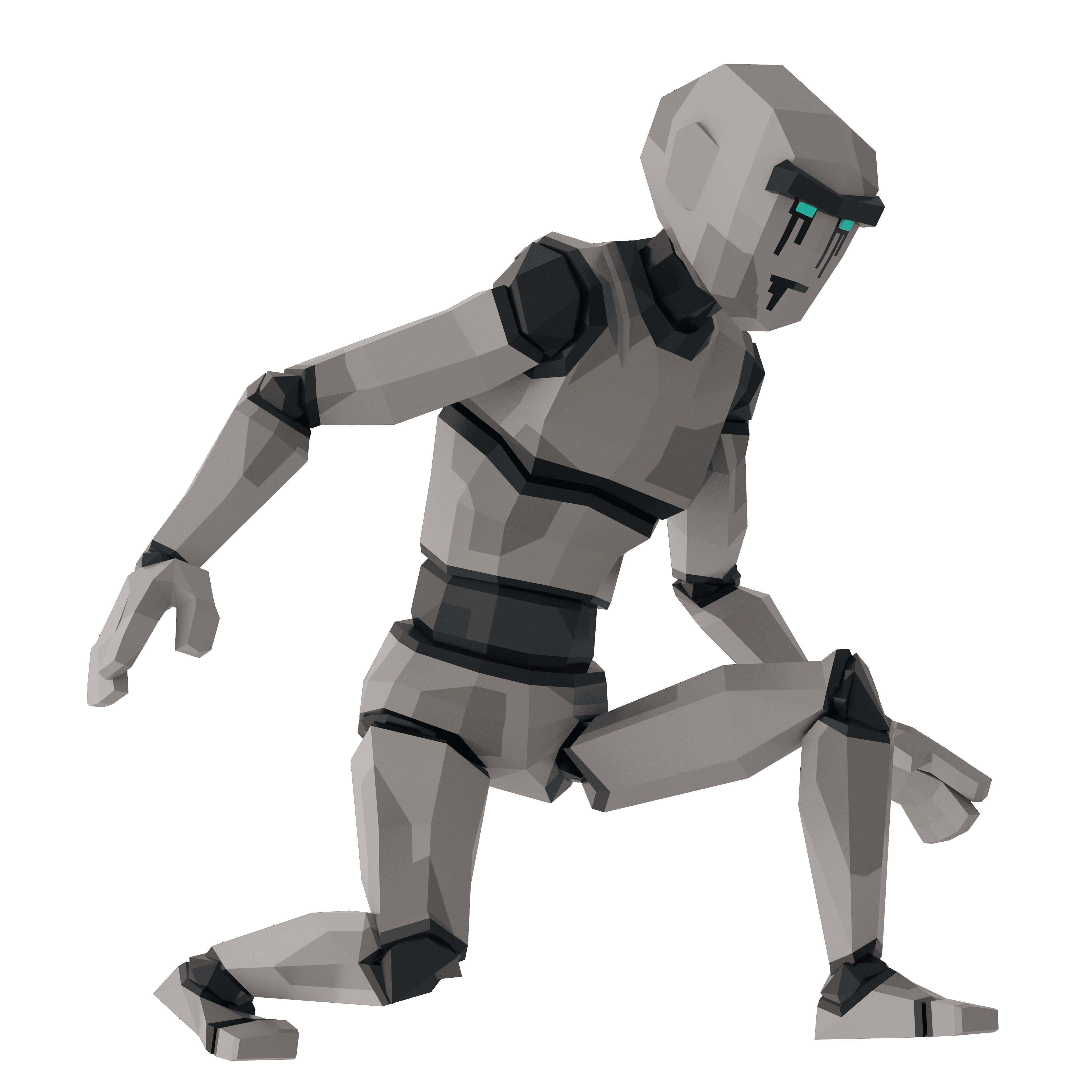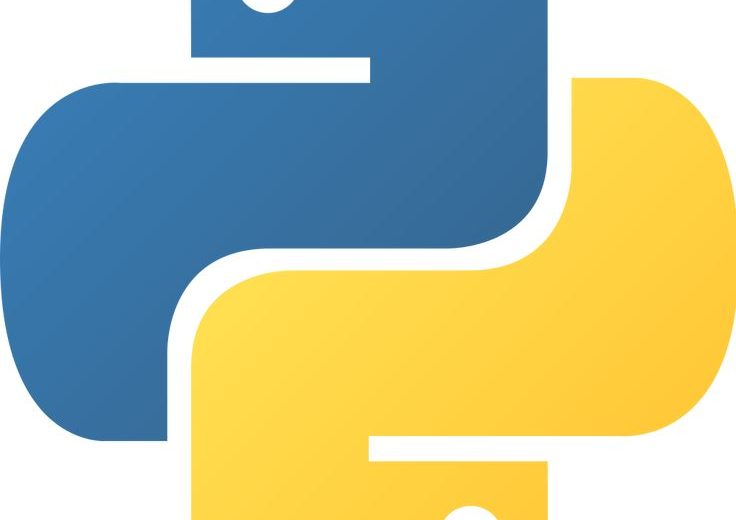The Synergy of Python and AI: Unlocking the Future of Technology
In the rapidly evolving world of technology, two powerful forces have emerged at the forefront: Python and Artificial Intelligence (AI). Python, known for its simplicity and versatility, has become the go-to programming language for developers worldwide. AI, on the other hand, is revolutionizing industries by enabling machines to mimic human intelligence. Together, Python and AI […]















